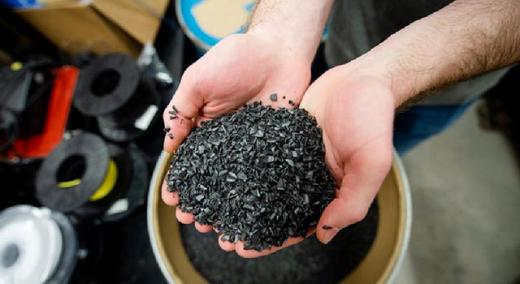People will recycle if they can make money doing so. In places where cash is offered for cans and bottles, metal and glass recycling has been a great success. Sadly, the incentives have been weaker for recycling plastic. As of 2015, only 9 percent of plastic waste is recycled. The rest pollutes landfills or the environment.
|
ADVERTISEMENT |
But now, several technologies have matured that allow people to recycle waste plastic directly by 3D-printing it into valuable products, at a fraction of their normal cost. People are using their own recycled plastic to make decorations and gifts, home and garden products, accessories and shoes, toys and games, sporting goods, and gadgets from millions of free designs. This approach is called distributed recycling and additive manufacturing, or DRAM for short.
As a professor of materials engineering at the forefront of this technology, I can explain—and offer some ideas for what you can do to take advantage of this trend.
…

Add new comment